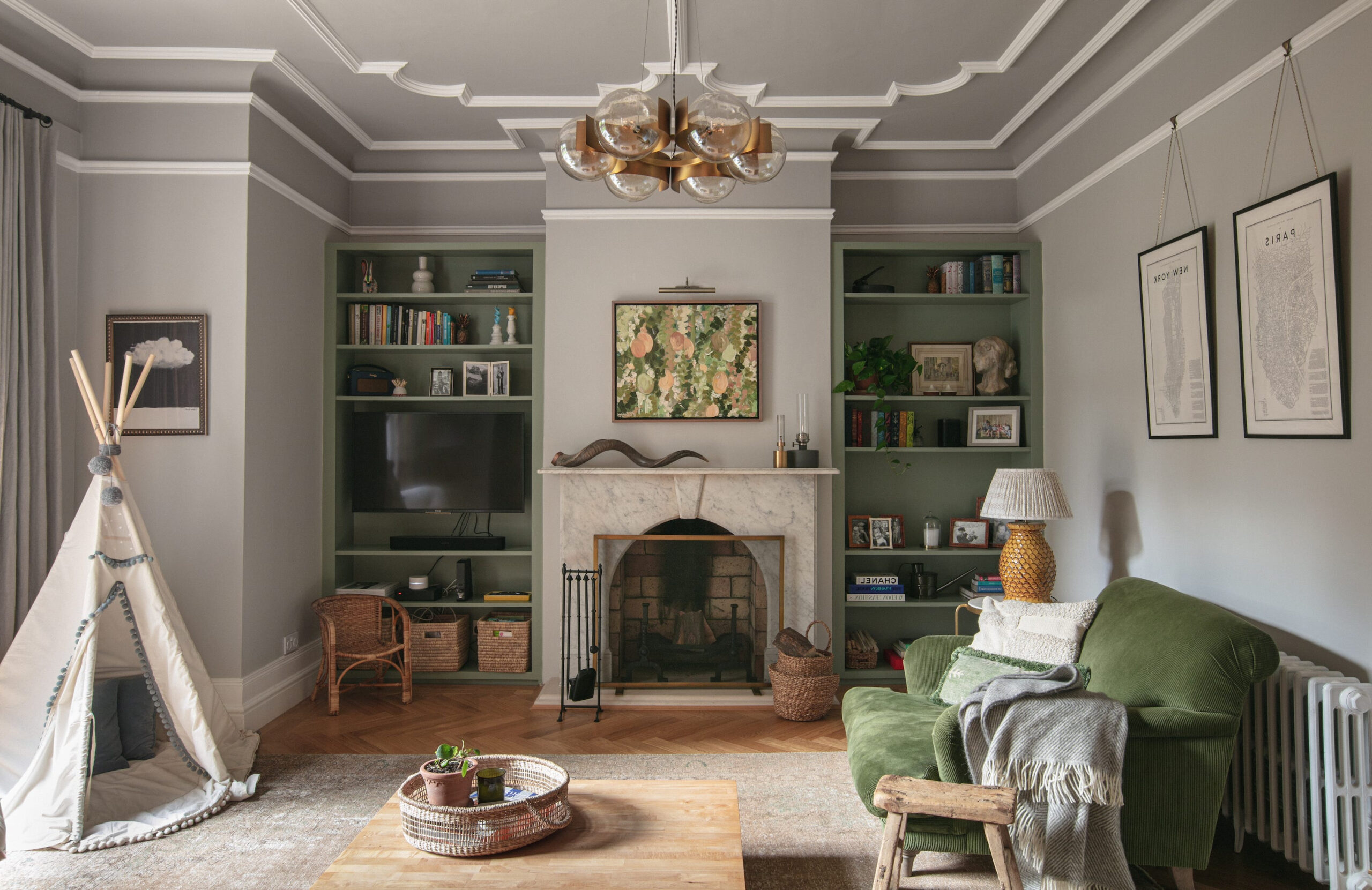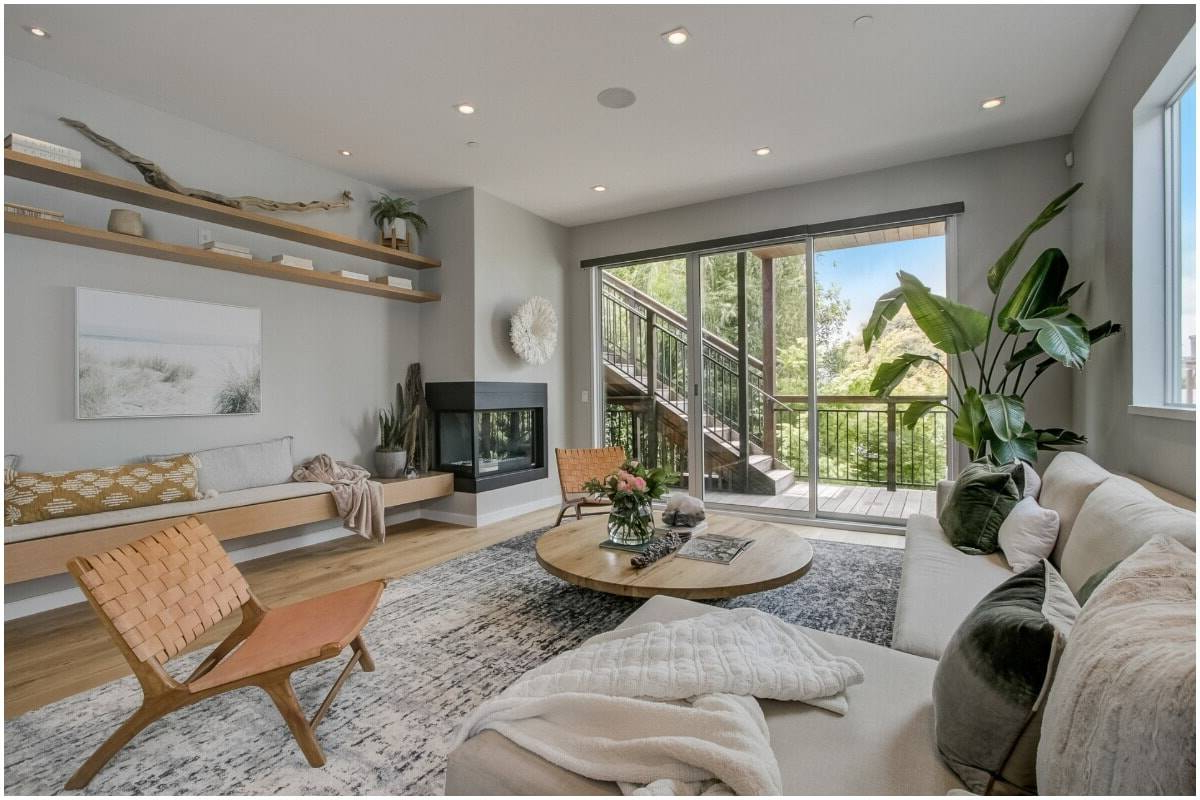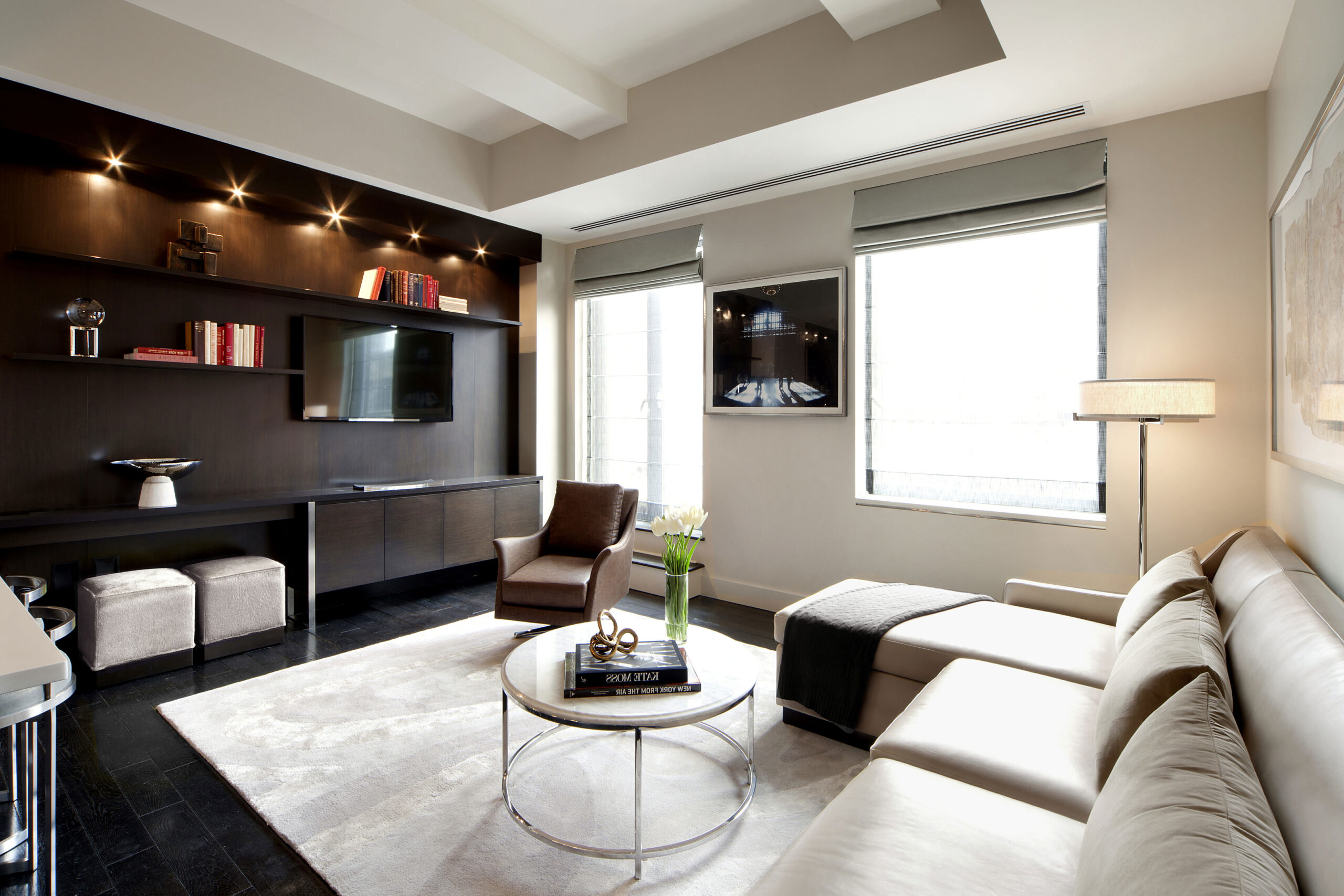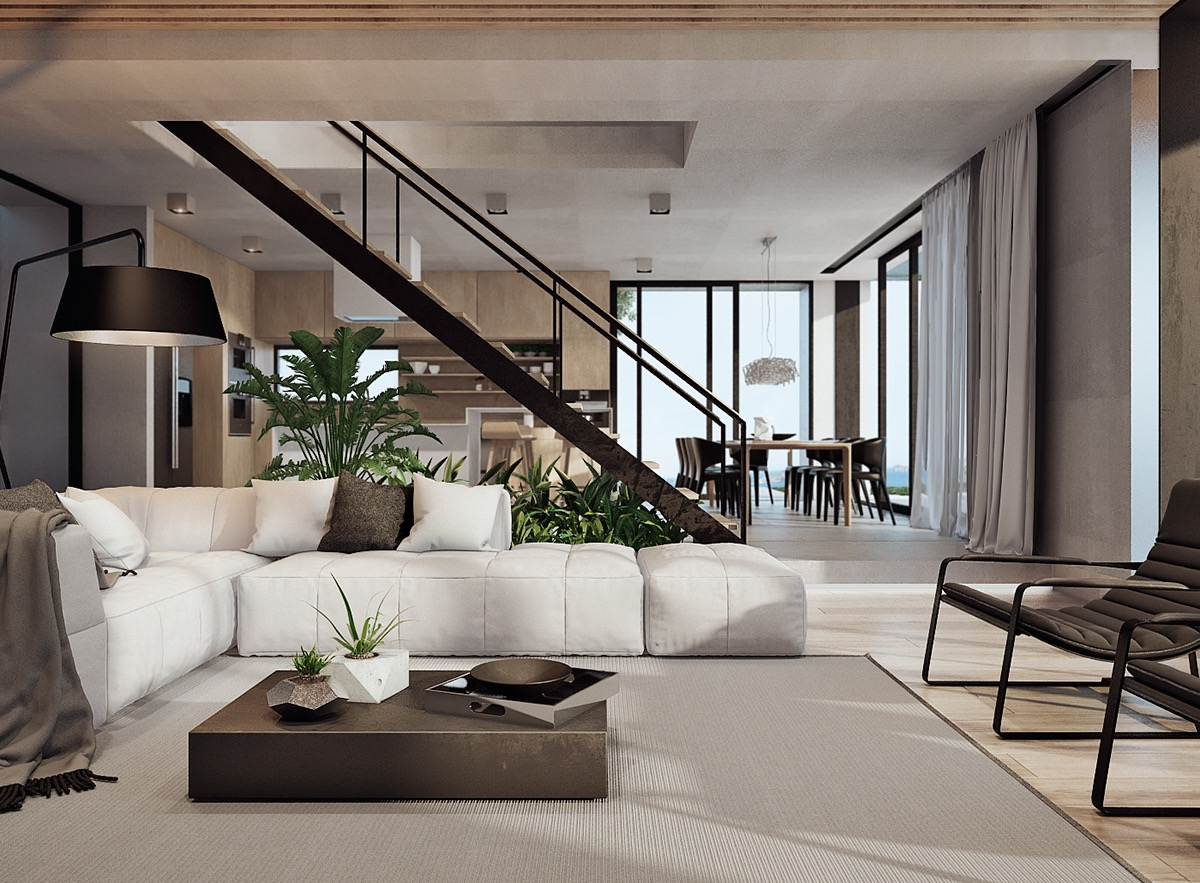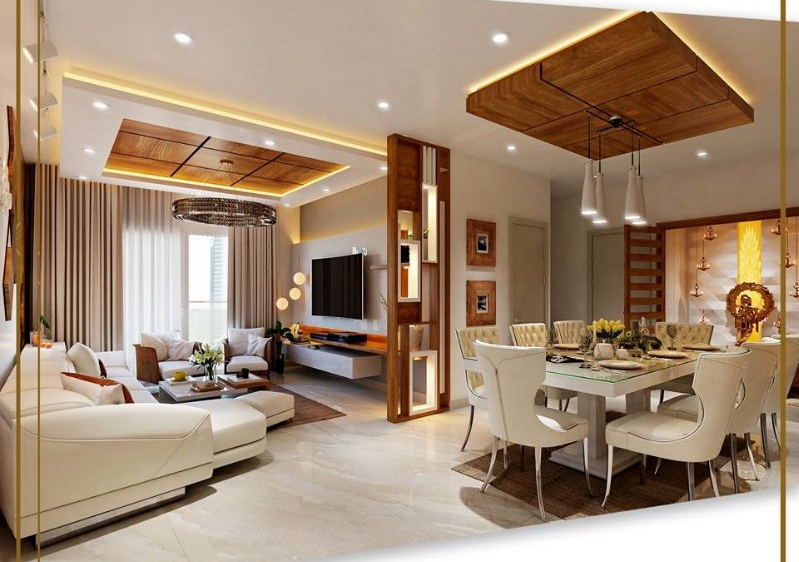Imagine walking into a room where everything has its place, where every object serves a purpose, and where the space itself seems to breathe with calm. This isn’t just about having fewer things – it’s about creating intentional beauty. The secret lies in understanding that decluttering and aesthetics aren’t opposites. They’re partners in crafting a home that truly reflects who you are.
Let’s face it, we’ve all been there. You look around your living room and think, ‘This is too much.’ But then you realize that removing everything might leave you feeling empty instead of refreshed. That’s the delicate dance of home organization – finding that sweet spot between simplicity and visual appeal. What if I told you that a perfectly curated space can actually feel more spacious than a cluttered one? It’s true, and it starts with understanding how to maintain flow and interest even when you’re simplifying.
Understanding Visual Flow
Think of visual flow like a river – it moves naturally from one point to another, guiding your eye smoothly through the space. When you have too many items scattered around, they create visual obstacles that interrupt this natural movement. A cluttered coffee table might force you to step over books, while a chaotic entryway makes people feel like they’re entering a maze.
Consider how light moves through your space. Natural light loves open areas, and when you remove excess items, you allow that light to travel freely across walls and floors. The result? A room that feels alive rather than cramped. Try this experiment: walk through your home with your eyes closed, then open them and notice where your gaze naturally travels. That’s the path of visual flow.
The key is to create zones within your space that work together. A dining area shouldn’t suddenly feel disconnected from the kitchen simply because there are too many decorative objects on display. Instead, each zone should feel like part of a larger conversation.
Choosing Quality Over Quantity
Here’s where many people get it wrong. They think that less means boring, but that’s not necessarily true. The magic happens when you select a few carefully chosen pieces that truly speak to you. A single statement piece can anchor an entire room better than five smaller items that compete for attention.
Look at your favorite rooms – the ones that make you want to stay longer. Chances are, they have a few well-chosen elements that create a sense of cohesion. Maybe it’s a beautiful vase on the side table, or a collection of books that match your style. These aren’t random selections – they’re deliberate choices that serve both function and beauty.
When shopping for new items, ask yourself: does this add something meaningful to my space? Does it enhance the room’s character or simply fill a gap? If the answer is no, it probably belongs in storage or donation pile. The goal isn’t to own fewer things – it’s to own things that matter.
Consider the rule of three. When arranging items, three pieces often work better than two or four. They create a pleasing rhythm that draws the eye naturally from one to the next.
Creating Visual Interest Through Texture
Texture is one of the most powerful tools in creating visual interest without adding bulk. Think about how different materials interact with light and shadow. A wooden coffee table creates warmth against a concrete floor. A soft throw blanket adds comfort to a hard chair. These contrasts make spaces feel dynamic and welcoming.
Don’t overlook the power of color. A simple red accent chair can transform an entire room. Or consider how different shades of the same color create depth and dimension. A monochromatic scheme can be surprisingly rich when you play with various textures and weights.
The key is balance. Too many textures can overwhelm, but just the right amount creates a cozy, lived-in feel. Try layering different materials – smooth glass, rough wood, soft fabric, metallic accents. Each one adds something unique to the overall composition.
Remember that texture isn’t just about what you see. Consider how items feel to the touch. The difference between a smooth ceramic bowl and a rough woven basket adds another layer of interest that makes your space feel more engaging.
Strategic Storage Solutions
Good storage isn’t about hiding things away – it’s about making everything work harder for you. When you’re looking at your space, ask: what items do I need to access daily versus those I rarely use? The answer will guide where you place things.
Hidden storage can be your best friend. Built-in shelving keeps your books organized while keeping them visible. Under-bed storage containers keep seasonal items out of sight but easily accessible. A well-designed pantry can make meal prep feel effortless instead of stressful.
The beauty of strategic storage lies in making it invisible. When you can’t see everything, you’re not distracted by the chaos. But when you need something, it’s right where you expect it to be. This eliminates the stress of searching and makes your space feel more controlled.
Consider the vertical space in your rooms. Tall bookshelves don’t just store books – they create architectural interest. Floating shelves can add height to low ceilings while providing display opportunities. Just remember to distribute weight evenly and avoid overcrowding any one area.
The Psychology of Space
Your environment affects your mood, energy levels, and even your relationships. A cluttered space can trigger feelings of anxiety, while a clean, organized area promotes clarity and peace. This connection between physical space and mental state goes beyond simple aesthetics.
Think about how different rooms make you feel. The bedroom should feel restful, the kitchen inviting, and the living room comfortable. When these spaces align with their intended purpose, they become more than just buildings – they become extensions of your personality.
Research shows that people who live in organized environments report higher levels of happiness and productivity. This isn’t just coincidence – it’s the natural result of reducing mental load. When you don’t have to constantly search for things or worry about messes, your brain has more capacity for creative thinking and emotional regulation.
The psychological impact of decluttering extends beyond individual benefits. When family members or guests enter a well-organized space, they often comment on how peaceful and welcoming it feels. It’s a form of hospitality that speaks volumes about the care you take in creating your environment.
Maintaining Your Decluttered Space
The real test of good decluttering isn’t just the initial cleanup – it’s how well you maintain it. This requires establishing systems that work with your lifestyle rather than against it.
One effective approach is the one-in, one-out rule. For every new item you bring into your home, consider removing something else. This prevents accumulation and forces you to evaluate whether new purchases truly add value.
Create designated spots for everything. When you know exactly where a phone charger, keys, or coffee mug belongs, you’re less likely to let them accumulate in random places. The same applies to clothing, books, and other frequently used items.
Regular maintenance helps prevent the cycle of accumulation. Set aside time weekly to quickly tidy up and put things back in their proper places. This small investment of time prevents larger problems later.
Don’t forget to reassess regularly. Your needs change over time, and what once seemed essential might now feel like clutter. This is normal and healthy – it means you’re growing and evolving.
Decluttering your home while keeping it visually interesting isn’t about following rigid rules – it’s about developing a relationship with your space that honors both functionality and beauty. When you approach organization with intention, you discover that less really can be more. The key is understanding that true visual interest comes from thoughtful curation rather than random accumulation. Your home should reflect your values and support your lifestyle, not complicate it. By focusing on flow, quality, and intentionality, you’ll create a space that not only looks great but also feels like a true sanctuary. The journey toward a beautifully organized home isn’t just about tidying up – it’s about creating a life that feels more spacious, more peaceful, and more authentically yours.


